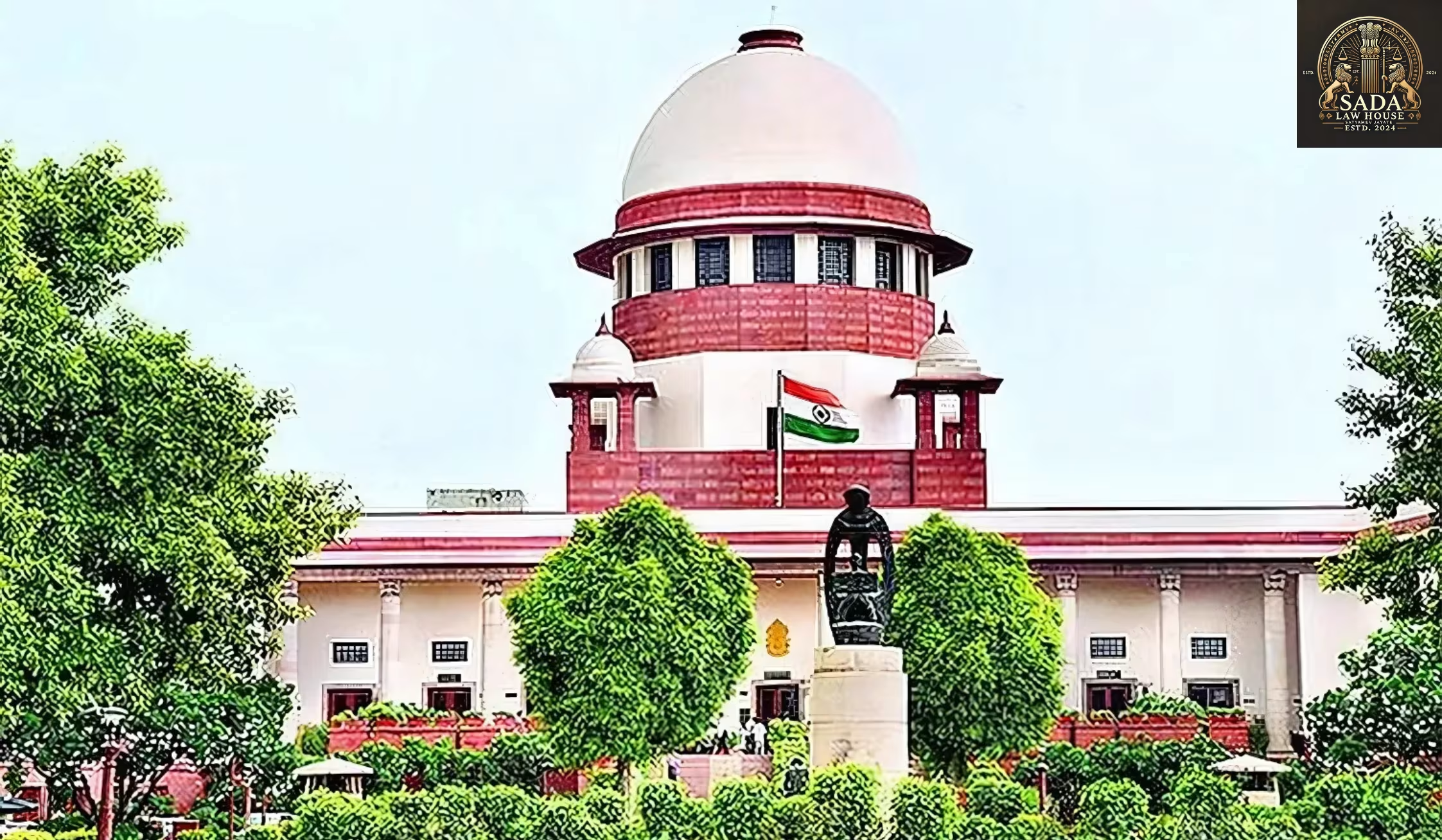Supreme Court Warns Against Misuse of Section 498A IPC in Matrimonial Disputes
- KASHISH JAHAN
- 09 June 2025

The Supreme Court of India has issued a strong warning against the misuse of Section 498A IPC, urging fair investigations and caution in matrimonial cruelty cases. Learn about the landmark ruling, its implications, and legal insights.
What Is Section 498A IPC?
Section 498A of the Indian Penal Code was enacted to protect married women from cruelty by their husband or in-laws. It was meant to act as a legal safeguard against dowry-related abuse and domestic violence.
Supreme Court Raises Alarm Over False 498A Cases
In a recent judgment, the Supreme Court of India expressed serious concern about the increasing misuse of Section 498A IPC. The Court observed that the law, originally intended to prevent real and grave abuse, is now often invoked in retaliatory or vindictive situations, especially during bitter matrimonial disputes.
Case Overview: FIR as a Tool of Harassment
The Court reviewed a case where a wife alleged cruelty by her husband and in-laws. Upon scrutiny, the evidence failed to support the claims. It appeared the First Information Report (FIR) was used to exert pressure and harass the husband’s family during a deteriorating marriage.
Impact of False Allegations Under 498A
The bench warned that exaggerated or fake complaints under Section 498A undermine genuine cases and burden the already strained criminal justice system. Innocent family members, including elderly parents and distant relatives, often face unnecessary legal trauma.
Due Diligence in Arrests and Investigations
Reaffirming earlier rulings, the Court stressed that while every complaint must be taken seriously, arrests should not be made mechanically. Investigating agencies must practice due diligence to ensure constitutional fairness and protect the rights of the accused.
Legal Precedents and the Rajesh Sharma Case
Referring to the 2017 judgment in Rajesh Sharma v. State of Uttar Pradesh, the Court reiterated the need for cautious handling of Section 498A cases. The present verdict echoes those principles, promoting a balanced and judicious approach.
Call for Legislative and Judicial Reform
The Court urged lawmakers, police, and the judiciary to ensure Section 498A remains a protective tool for vulnerable women—not a weapon for vendettas. It hinted that legislative reform may be necessary to prevent systemic misuse while retaining the law’s protective purpose.
Conclusion: Justice Must Be Fair and Protective
This judgment sends a powerful message: Laws created with noble intentions must not become instruments of oppression. Justice should protect, not punish unfairly. The balanced implementation of Section 498A is essential to uphold both women’s rights and legal integrity.






